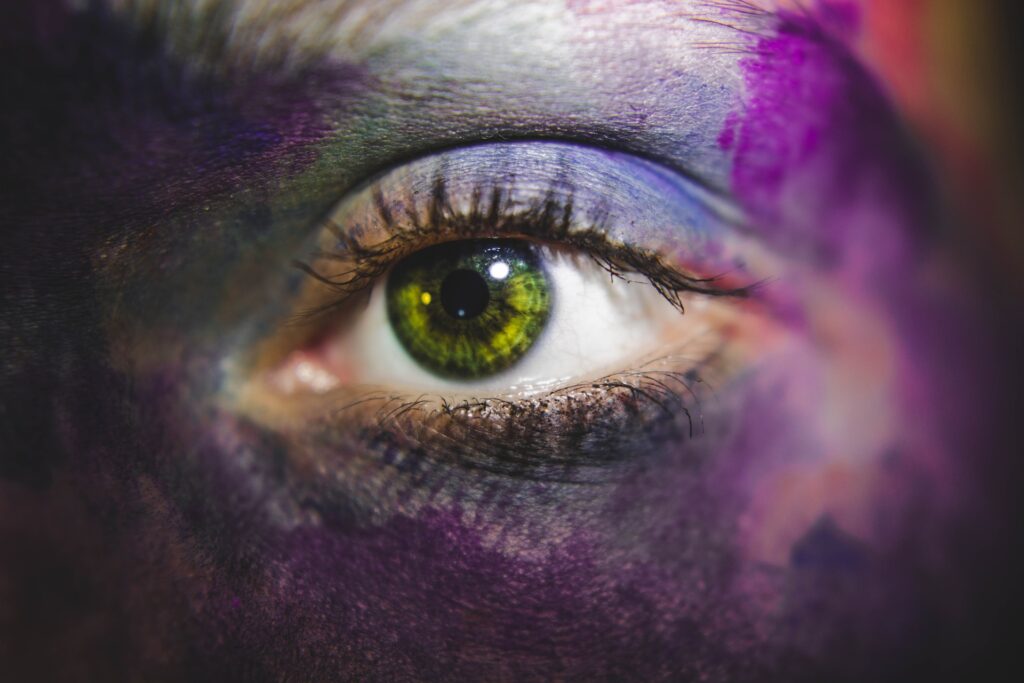
Generally, the human eye is known to be the part of the body that gives sight. It functions as a mirror, reflecting the appearance of all the non-living and living things in our surroundings.
More so, it is commonly referred to as a sacred part of the body. In reference to it being sacred, many cultures and religions worldwide have coined out different theories about the functions and, the importance of the eye including that of animals.
Some cultures and religions believe that the eyes are more spiritual than physical. They believe that it allows them to see into the events of the spiritual realms, whether blind or not.
Indeed, people that don’t have physical sight are considered more sight-aware than people that do. Many spiritual seers of the old, had no physical sight and according to history, they did well for their community.
Away from religion and cultural theories, the physical workings of the eye are more numerous and complicated than what you see.
Basically, there is more about the eye than what you might know. For example, according to research, the eye isn’t what gives us visual sight. The eye is only a conveyance of messages sent from the brain through the optic nerve.
Here are more interesting facts;
The eye is a very complex part of the body. The brain is the only organ of the body, more complicated than the eye.
The eye optic nerve contains over one million cells.
Your eyes are about 1 inch across.
One eyeball weighs about 0.25 ounces.
The fastest flexing muscles in the body is the eye muscles. It contracts in less than 1/ 100th in a second.
The average person blinks 12 times in a minute.
The eyes sight pick up things from a far distance. Typically, the eyes can detect a small flame from 1.7 miles away.
As opposed to the constant growth of our ears and nose, the eyes doesn’t grow. It stays the same size from birth.
The eye has a keen focus level. Our eyes can focus on over 50 different objects in a second.
An eye has approximately 107 million sensitive cells.
At birth, babies can’t differentiate colours. Typically, all babies are colour blind at birth.
The older a person gets, the lesser tears the eye produces.
The eye is a learning aid. 80 per cent of studying comes from the eyes.
The eye detects more shades of green than any other colour.
Blue-eyed people are less tolerant of sunlight.
The eyes are liable to sunburn. It is recommended, to use sunglasses to shade your eyes from the sun to avoid getting sunburned in the eye.
The eyeball is bigger than you think. Only one-sixth of the eyeball is visible.
The eyes don’t stay open when you sneeze.
An average person’s eye can detect about 10 million different colours.
It is possible to have two different eye colours. This condition is referred to as Heterochromia.
The eye comes in mainly six shapes; monolid, round, hooded, almond, upturned, and downturned.












